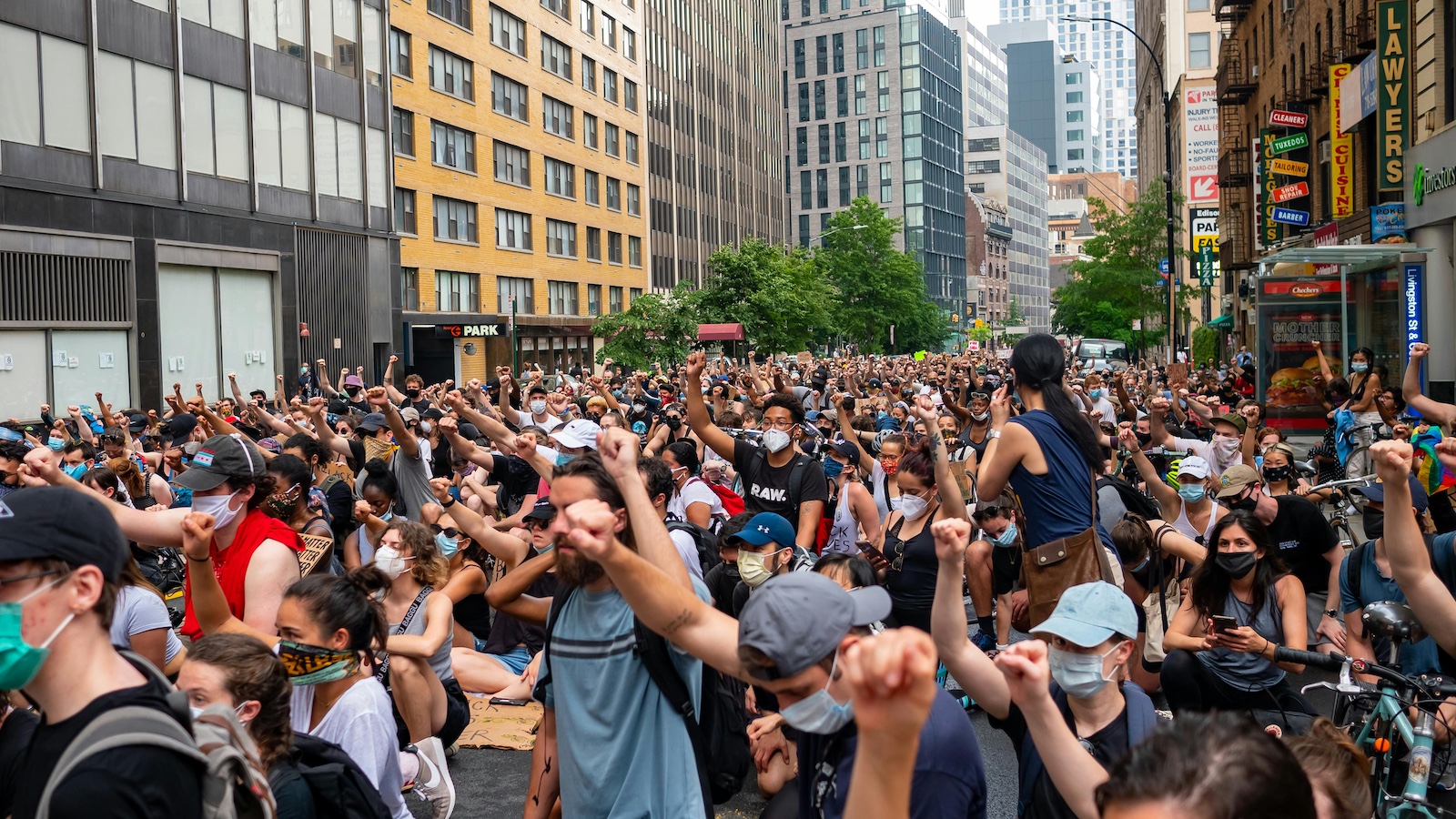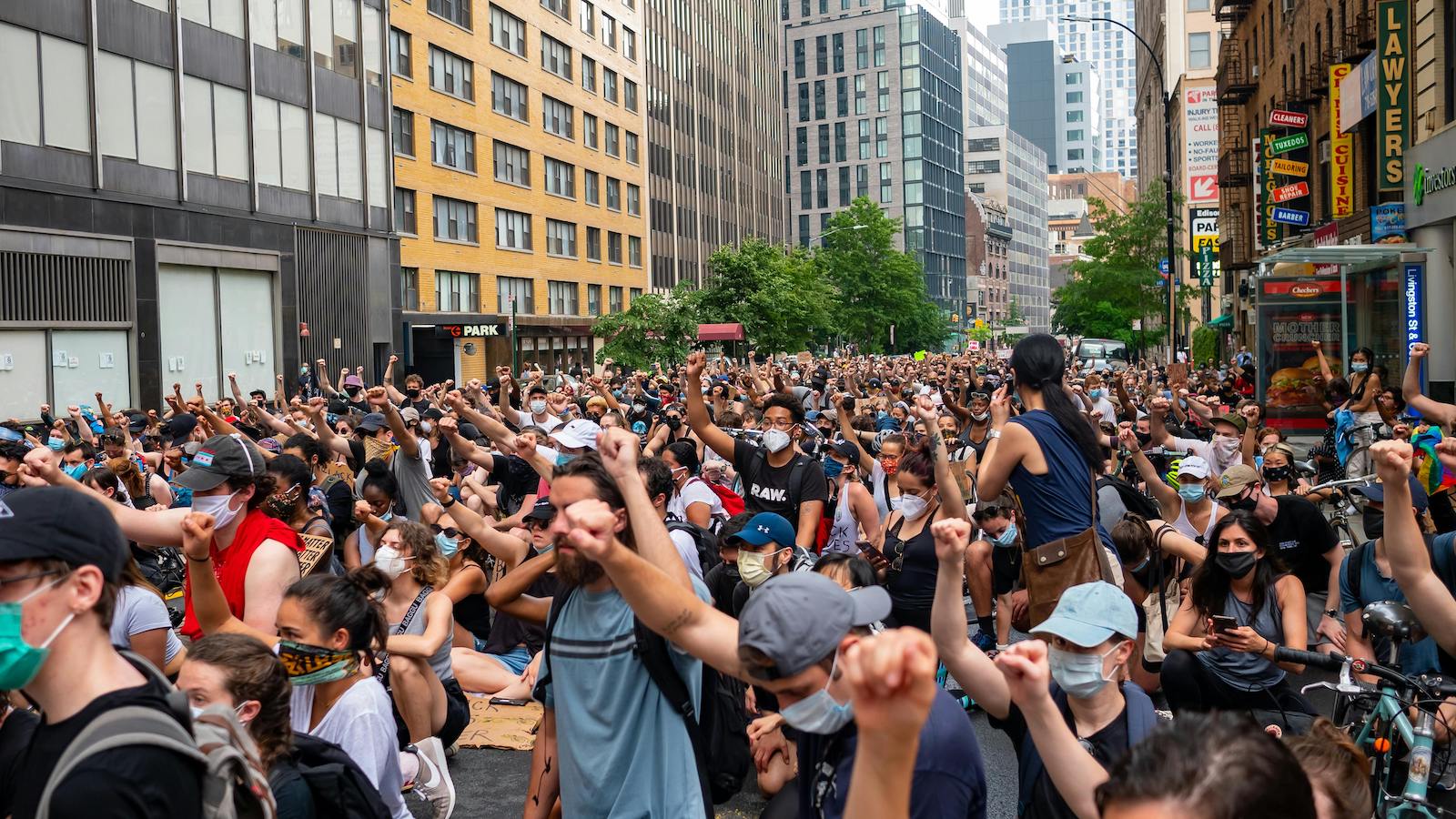During the COVID pandemic, demonstrations against restrictions and mandates have taken place regularly across the world. While they may have been in response to a series of unprecedented events, the protests played out in a context of growing civil unrest globally. Political polarization increased in the years following the global financial crisis of 2008, and according to the Global Peace Index, demonstrations, strikes and riots surged by 244% between 2011 and 2019.
The results are inevitably disruptive. Earlier this year, unrest in Paris and in Wellington, New Zealand, saw convoys of vehicles create disruption in protest at government coronavirus restrictions. The protests were inspired by events in Canada, where a "freedom convoy" had brought the capital, Ottawa, to a standstill.
Economic and insured losses from previous protests have been significant. In 2018, the "yellow vest" movement in France rallied to protest fuel prices and economic inequality, with French retailers losing $1.1 billion in revenue in just a few weeks. A year later in Chile, large-scale demonstrations were sparked by an increase in subway fares, leading to insured losses of $3 billion. In the U.S., the 2020 protests over the death of George Floyd in police custody are estimated to have resulted in over $2 billion insured losses, while the South African riots of July 2021 caused damage totaling $1.7 billion.
Protests set to increase around the world
According to the Verisk Civil Unrest Index Projections, 75 countries will likely see an increase in protests by late 2022. The unifying and galvanizing effect of social media on such protests is not a particularly recent phenomenon, but during the COVID crisis it combined with other potentially inflammatory factors to create a perfect storm of discontent.
The largely unregulated nature of social media allowed misinformation to spread unchecked, providing a platform for conspiracy theorists and an outlet for resentments. These grievances were centered on three main areas: anti-vaccination sentiment and civil liberties; mistrust in government and concern about government overreach; and economic hardship.
Although the political right were most likely to resent restrictions, the protests blurred traditional allegiances and united people across the economic and political spectrum behind specific topics. Geography was less of a barrier, too. Those with like-minded views were able to share views more easily and mobilize in greater numbers more quickly and effectively. In a world where trust in both government and media has fallen sharply, misinformation could take hold and partisan grievances be intensified and exploited.
See also: COVID-19 Trio Tops Global Business Risks
Platforms could be used with impunity
The 2022 Edelman Trust Barometer found concern over fake news being used as a weapon had risen to 76% among its global respondents. With confidence in traditional sources of information and leadership so undermined, social media gave a platform to powerful individuals who could use it with impunity and without legal consequences. When political leaders such as Donald Trump in the U.S. or Jair Bolsonaro of Brazil appeared to downplay the severity of the pandemic, social media warriors were emboldened. If they could attract the right audience, almost anyone with a social media account could become a politician, journalist or opinion leader. The pandemic disproportionately hit certain industries and ethnic groups harder than others, so where there already existed a sense of injustice, there also opened up the possibility for radicalization.
The COVID crisis shone a light on divided societies and increased the gulfs that already existed in some populations. A lack of social-media regulation in stable democracies led to misinformation that threatened to destabilize social norms and cohesion, while hostile states arguably used the lack of regulation in these democracies to gain ground with their own destabilizing messages.
Risk management and insurance
The circumstances surrounding the COVID crisis may have been unique, but social media’s influence is likely to play a role in fueling civil unrest for the foreseeable future. Unrest carries a risk of material damage to buildings and assets, business interruption, denial of access or loss of attraction. Targets or casualties could include government buildings, transport infrastructure, supply chains, retail premises, foreign-owned enterprises, petrol stations, distribution centers for critical goods and tourism or hospitality businesses.
Companies should review their insurance policies in the event of increasing local activity and update their business contingency plans if necessary, taking into account their supply chain vulnerabilities. Property policies may cover political claims in some cases, but insurers offer specialist coverage to mitigate the impact of strikes, riots and civil commotion (SRCC).
Civil unrest increasingly represents a more critical exposure for companies than terrorism. The nature of the threat is evolving, as some democracies become unstable and certain autocracies crack down on dissenters. Unrest can occur simultaneously in multiple locations, as social media now facilitates the rapid mobilization of protestors. This means large retail chains, for example, could suffer multiple losses in one event.
Where we currently stand, I do not expect incidences of social unrest to abate any time soon, given the after-shocks of COVID-19, the looming cost-of-living crisis and the ideological rifts that continue to divide societies around the world. At AGCS, we’re seeing rising interest from risk managers in specialist cover for political violence, as some traditional property and casualty insurers have stepped back from the exposures associated with SRCC insurance. The standalone market is also having a rethink on war-like perils, as well as the coverage extensions that were offered freely only a few months ago.








